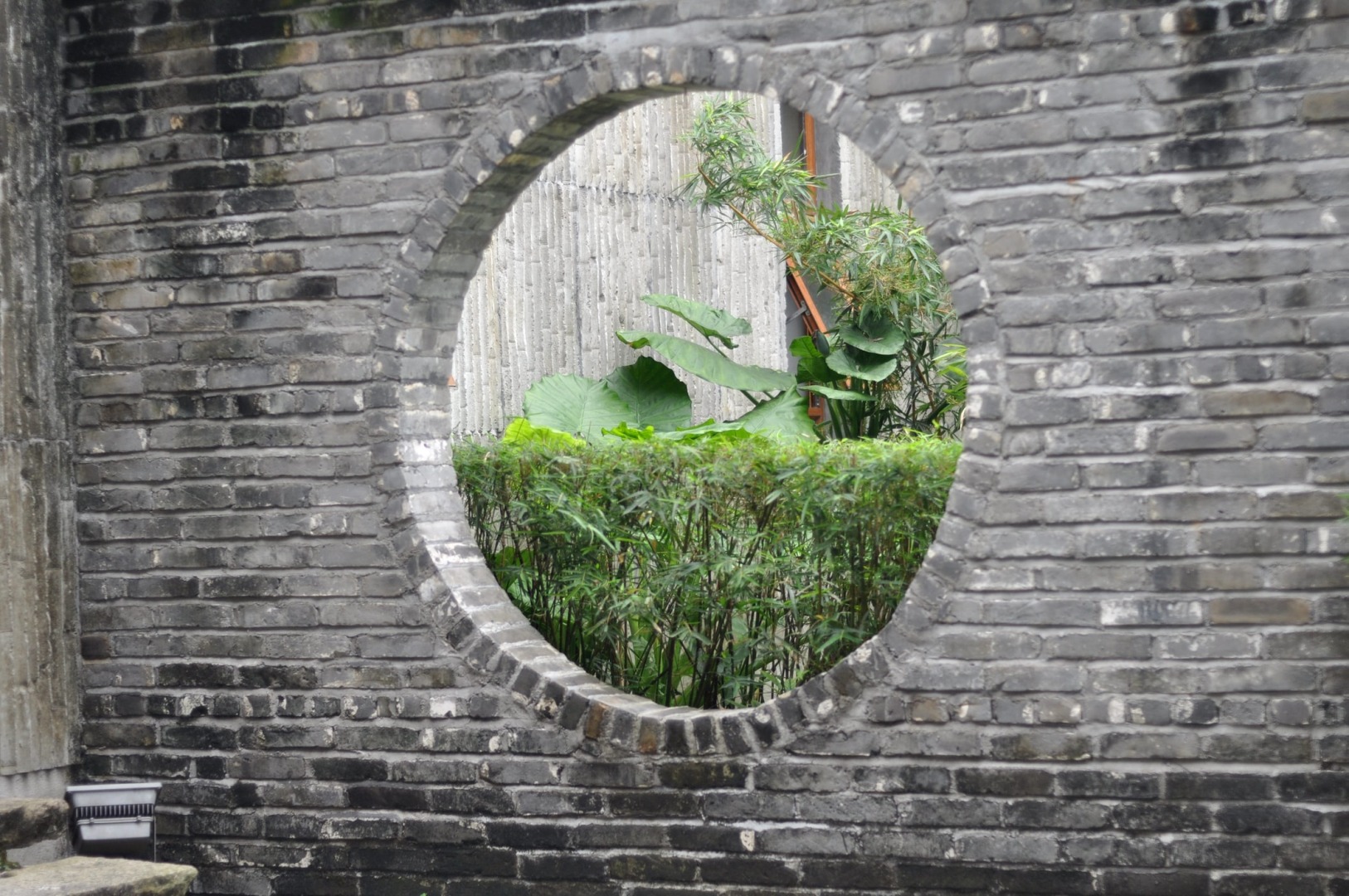Comments
- No comments found

The dawn of the AI revolution presents a unique opportunity to redefine creativity and push the boundaries of human accomplishments.
While AI technologies like GPT automate tasks, they also challenge norms and expectations around creation. Rather than diluting creativity, AI augments it by generating ideas and inspiring new directions. With AI as a powerful ally, humans can reach new heights of creative expression. It’s important to raise our expectations and demand more from ourselves and our AI collaborators. This transformational power of AI elevates human insights and drives us to explore uncharted territories of imagination. The future of writing and art lies in a collaborative partnership between humans and AI, shaping an unprecedented artistic renaissance.
As we stand—perhaps even teeter—on the brink of a new era, the dawn of an AI revolution, we are being presented with an unprecedented opportunity to redefine the boundaries of creativity. New technologies, such as GPT are not just merely automating tasks — they’re upending norms and expectations about what it means to create.
In the face of this AI-induced tsunami of information and easy creation, it’s tempting to fret about the loss of human touch, the dilution of originality. Yet, the potential silver lining of this “creativity on demand” is too intriguing to ignore. It’s an invitation not to outsource our creative instincts, but to raise the bar of our expectations and explore the uncharted territories of imagination.
Traditionally, the conception of a masterpiece demanded significant time, effort, and, of course, the elusive spark of inspiration. Now, a few keystrokes into an AI program can yield a document that mimics expert quality in style and content. The sheer volume of ‘creations’ that such technology enables is both awe-inspiring and overwhelming.
However, it’s crucial to understand that this isn’t about diluting creativity — it’s about augmenting it. It’s about leveraging technology to generate ideas, inspire new directions, and provide a launchpad for human creativity to soar even higher.
In this brave new world, every human armed with AI could become their own version of Picasso or Shakespeare — not by replacing their unique genius but by offering tools that push our creative capacities to new heights. Imagine, for instance, an AI that could generate a sonnet in the style of Shakespeare, sparking a human writer to push the boundaries of language and form even further. Or consider an AI capable of creating digital art that inspires a human artist to explore new visual landscapes.
Technology, then, becomes not a threat but a powerful ally — an ally that challenges us, stretches our abilities, and enables us to realize ideas we might never have conceived on our own. The emerging reality is not one of humans vs. machines, but humans with machines, synergizing strengths in a powerful dance of co-creation.
As AI changes the game, it’s our responsibility to redefine what a ‘win’ looks like. Instead of fearing that technology will cheat or corrupt the pure essence of creativity, we should raise our standards and expectations. We should demand more of both ourselves and our AI collaborators.
When technology raises the floor of what’s possible, it’s an opportunity for us to aim for an even higher ceiling. We should not merely accept AI-generated content that mimics the past, but challenge it to help us create works that push the boundaries of what art and writing can be.
The most important insight emerging from this technological revolution is not about substitution — it’s about transformation. AI doesn’t just substitute creativity from human to technology; it offers transformational tools that drive human insights and creativity to new heights.
In this light, technology is a tool to elevate, not suppress. It’s a partner in our creative journey, a catalyst for new forms of expression, and a provocation to continually redefine the boundaries of what’s possible.
The future of writing and art is not a dystopian landscape of AI-generated content, but a vibrant, dynamic arena where humans and AI work together to explore new frontiers of creativity. Let’s embrace this future, and together, we’ll shape an artistic renaissance the likes of which have never been seen before.
Expect more from yourself and others — the time has come.
John is the #1 global influencer in digital health and generally regarded as one of the top global strategic and creative thinkers in this important and expanding area. He is also one the most popular speakers around the globe presenting his vibrant and insightful perspective on the future of health innovation. His focus is on guiding companies, NGOs, and governments through the dynamics of exponential change in the health / tech marketplaces. He is also a member of the Google Health Advisory Board, pens HEALTH CRITICAL for Forbes--a top global blog on health & technology and THE DIGITAL SELF for Psychology Today—a leading blog focused on the digital transformation of humanity. He is also on the faculty of Exponential Medicine. John has an established reputation as a vocal advocate for strategic thinking and creativity. He has built his career on the “science of advertising,” a process where strategy and creativity work together for superior marketing. He has also been recognized for his ability to translate difficult medical and scientific concepts into material that can be more easily communicated to consumers, clinicians and scientists. Additionally, John has distinguished himself as a scientific thinker. Earlier in his career, John was a research associate at Harvard Medical School and has co-authored several papers with global thought-leaders in the field of cardiovascular physiology with a focus on acute myocardial infarction, ventricular arrhythmias and sudden cardiac death.
Leave your comments
Post comment as a guest